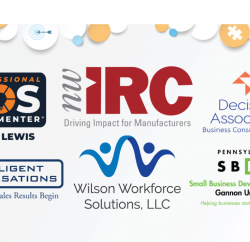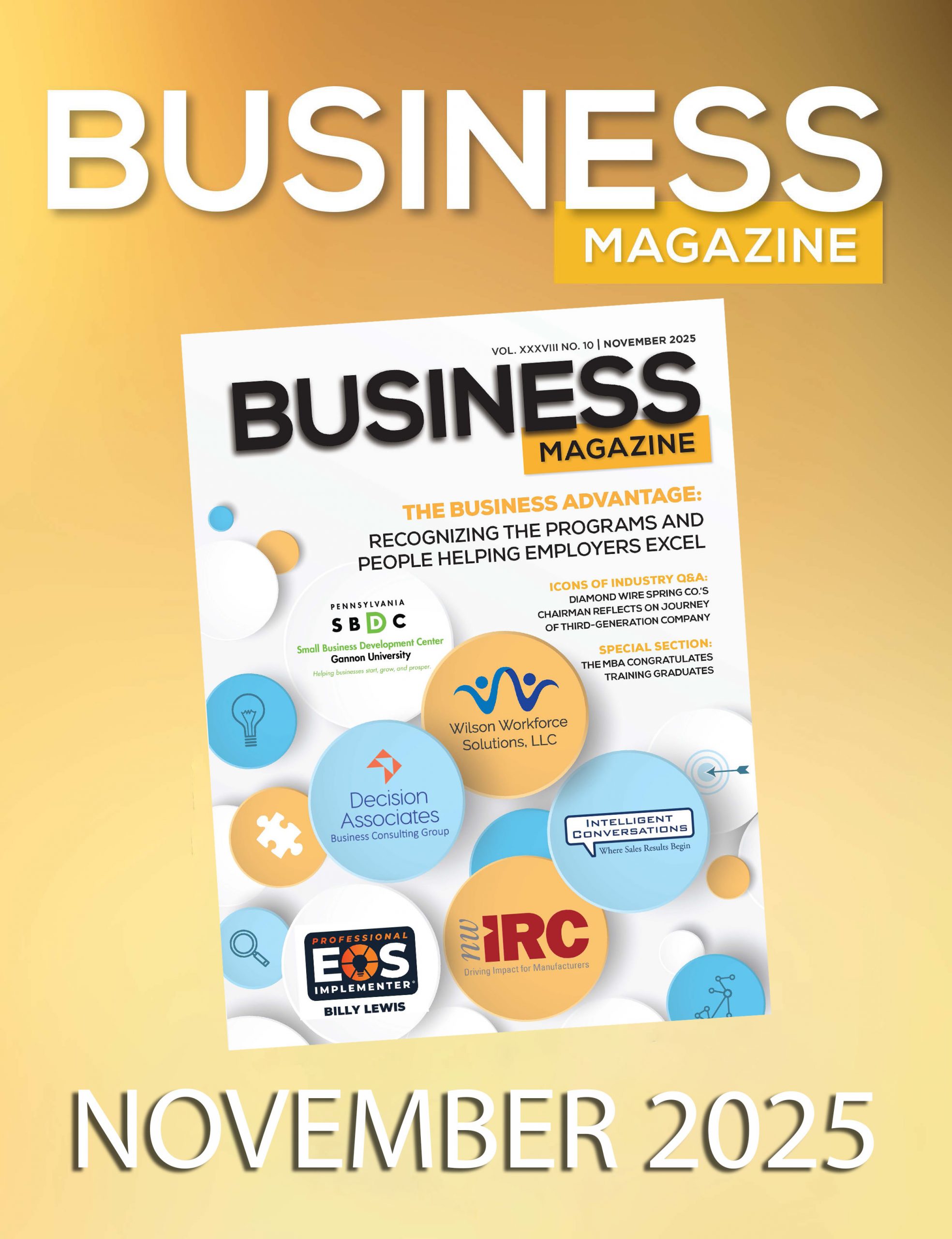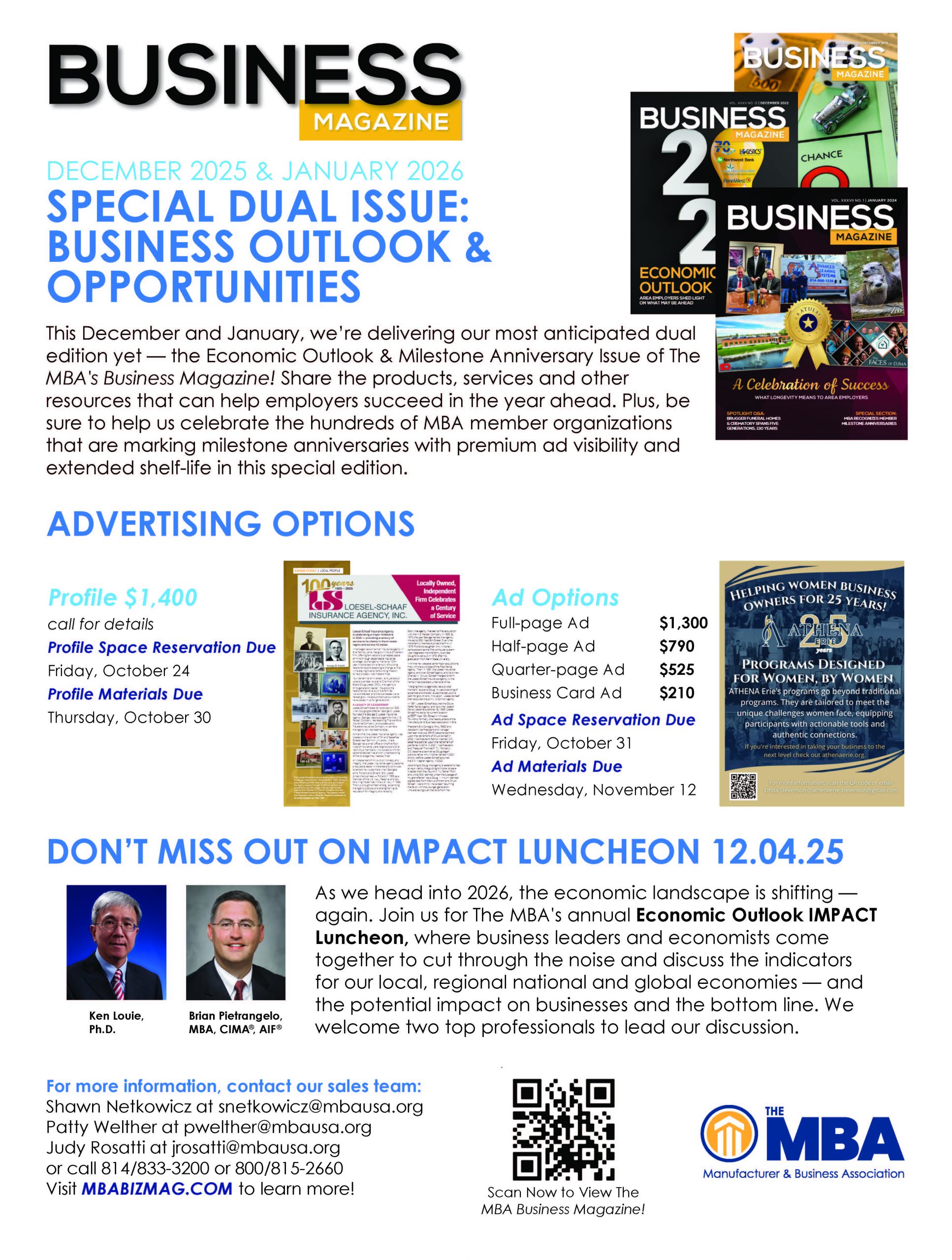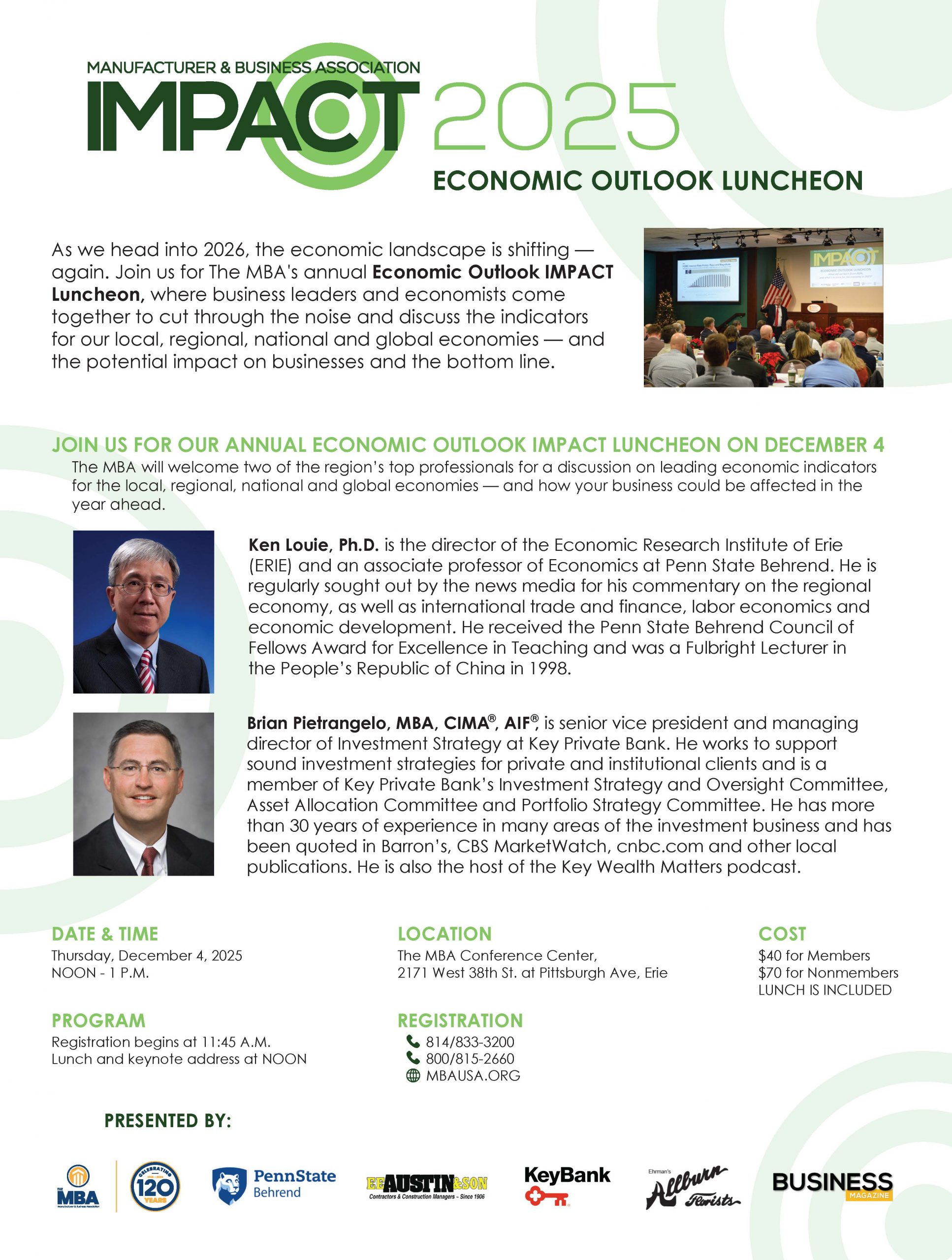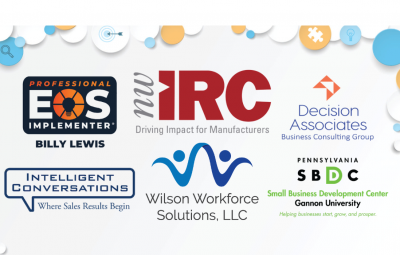Maintaining a safe operation in the nonprofit and education sectors has many unique challenges. When an organization has tight budget controls and limited safety staff, one of the most prudent strategies is to first focus on preventing fatal and life-changing injuries, as these are the most damaging from ethical and business perspectives.
When they occur, life-changing accidents tragically impact entire teams, families and communities, and organizations often have a difficult time bouncing back. In 2023 alone, more than 5,000 workplace fatalities were reported in the United States, making continued focus on prevention more critical than ever, according to the U.S. Bureau of Labor Statistics (https://www.bls.gov/news. release/pdf/cfoi.pdf ).
Several patterns emerge when examining the precursors to the most serious accidents. These include teams with limited experience, working under time pressure, performing tasks outside their usual scope, or work that involves high states of physical energy, such as heat, light, electricity, pressure, gravity or chemical reactions. Additional risk factors include using vehicles and equipment, working at heights, distraction, fatigue or complacency. Anticipating and recognizing these precursors is essential to preventing severe accidents. Employee safety cannot be an afterthought.
Pre-planning is a critical investment that helps an organization define its responsibilities, evaluate available resources, and ensure the necessary knowledge and competencies are in place to safely execute a project, operation or safety-sensitive task. Equally important, engaging employees and implementing feedback mechanisms provide valuable insight into how effectively safety programs and policies are followed in real-world settings.
Many organizations miss the opportunity to collect employee feedback, assuming managers close to the operation have a good pulse on the time and production pressures employees face every day. Unfortunately, how organizations imagine work when writing policies and programs often doesn’t reflect how tasks are performed under actual working conditions.
Changing a culture is difficult. It takes time, patience, and a give-and-take mentality from line workers and managers across an organization. By understanding employee perceptions and designing safety programs that fit production goals, we know that the resultant safety measures are more likely to be followed and effectively protect workers.
Matthew S. Klunk, CIH, CSP,
supervisor of Regional Risk Management, joined Eastern Alliance Insurance in 2008. He earned Bachelor and Master of Science degrees in Safety Sciences from Indiana University of Pennsylvania and is a certified safety professional and certified industrial hygienist.
Visit easternalliance.com for more information.




